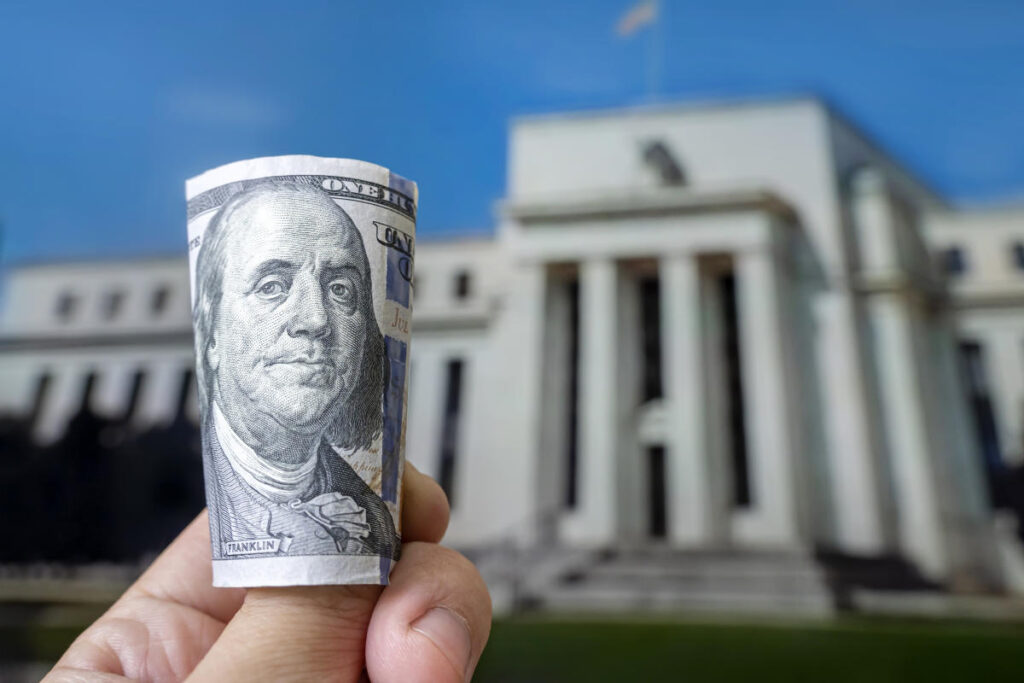The Federal Reserve, often referred to as the Fed, plays a crucial and multifaceted role in the U.S. financial system, functioning primarily as a bank for banks. Its responsibilities extend beyond just holding deposits and lending money; it also ensures the stability of the banking system, guides economic policy, and influences the nation’s currency and interest rates. Established under the Federal Reserve Act of 1913 as an independent government agency, the Fed holds the responsibility of monitoring and guiding the U.S. economy through the management of the federal funds rate, which affects borrowing costs for banks and thereby influences consumer prices and economic growth.
The Fed has five main responsibilities that define its operational landscape: monitoring U.S. economic conditions, maintaining financial system stability, overseeing the health of banks, facilitating a national payment system, and enhancing consumer protection along with community economic development. One of the key tools at the Fed’s disposal is the federal funds rate, the interest rate at which banks lend to each other for ultra-short-term loans. By adjusting this rate, the Fed can influence broader economic trends such as inflation, credit availability, and consumer spending. For example, during its recent meeting on November 7, the Fed decided to cut short-term interest rates by 0.25%, which serves as a signal to financial markets about its stance on monetary policy.
In contrast to central banks in other countries, like the Bank of Canada or the Bank of England, the Federal Reserve is unique in its structure, comprising 12 distinct Reserve Banks, each serving different geographic districts across the United States. Each of these banks has a nine-member board of directors, with members elected by local commercial banks and appointed by the Board of Governors of the Fed. This decentralized approach enables the Fed to gather a wide range of economic data and insights that inform its policy-making and helps facilitate smooth transactions of money among banks and the government.
The Federal Open Market Committee (FOMC) is arguably the most public-facing part of the Fed, where monetary policy decisions are made. Chaired by Jerome Powell, the FOMC meets at least eight times a year to set key policies such as the federal funds rate, the discount rate for banks borrowing from the Fed, and the buying and selling of government securities. These decisions have far-reaching implications; when the Fed adjusts the federal funds rate, the effects ripple through the economy, impacting short- and long-term interest rates, consumer prices, credit availability, and overall economic activity. Understanding these dynamics is essential for stakeholders ranging from consumers to financial institutions.
Governance within the Fed is another critical component, characterized by the Board of Governors, which includes seven members nominated by the President and confirmed by the Senate. Each member serves a 14-year term, ensuring a degree of continuity and stability in the Fed’s approach to monetary policy. While individuals cannot open accounts directly with the Federal Reserve, the funds held by banks and the government in the Fed act as a backbone for financial transactions and stability. Moreover, the Fed operates as a self-funding entity; it does not rely on taxes or federal appropriations for its operations. Instead, its profits—after expenses—are transferred to the U.S. Treasury.
In summary, the Federal Reserve’s multifaceted responsibilities encapsulate not only monetary policy management but also financial oversight aimed at protecting consumers and ensuring stability within the banking sector. By understanding its structure, functions, and the economic impacts of its policies, one gains a clearer perspective on how the Fed operates as a vital institution in guiding the U.S. economy. As it continues to navigate challenges and adjust its strategies, the Fed remains a cornerstone of financial security and economic stability in the United States.

